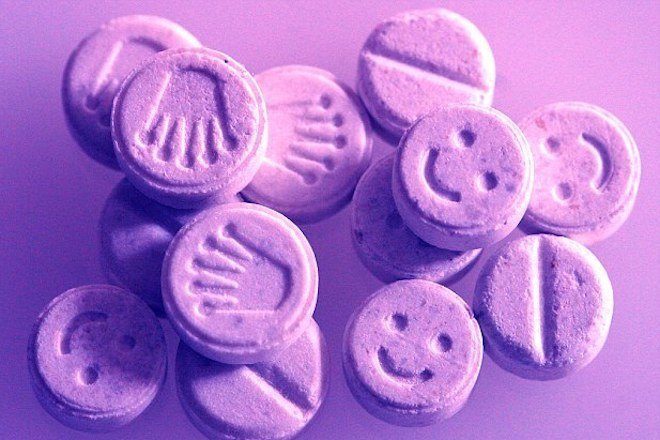Amsterdam’s wastewater contains the most ecstasy in Europe
The recent study tested wastewater in 56 European cities in 19 countries

A new study has found that Amsterdam’s wastewater contains the most ecstasy residuals in Europe.
The recent wastewater analysis was conducted by the European Monitoring Center for Drugs and Drug Addiction testing wastewater in 56 European cities in 19 countries in order “to explore the drug-taking habits of those who live in them. The results provide a valuable snapshot of the drug flow through the cities involved, revealing marked geographical variations.” The study has been conducted regularly since 2011.
While Amsterdam’s wastewater has the highest concentration of ecstacy, it also contains a strong concentration of cocaine as well, placing seventh in the study. Other cities with high cocaine residues include Belgium, the Netherlands, Spain and the United Kingdom, while Eastern European countries had the lowest cocaine concentration in wastewater.
Another city that placed high on the analysis is Eindhoven, placing second with residues of ecstasy in wastewater and the most with amphetamine residues.
The high placement of Amsterdam and Eindhoven in the study is speculated to be partly because of the production of these drugs as well as human consumption, with much of Europe’s ecstasy and amphetamines being produced there.
The EMCDDA’s study revealed that no major trends have taken place since the study first started, meaning drug use has remained fairly consistent, yet an expected increase in some cities had been observed:
“Over the seven years of monitoring the highest MDMA loads were consistently found in the wastewater of cities in Belgium and the Netherlands. Looking at longer term trends, in most cities with at least six data points wastewater MDMA loads were higher in 2017 than in 2011, with sharp increases observed in some cities, including Antwerp and Amsterdam. For most of those cities that observed sharp increases for the period 2011–16, the trend seems to have stabilised in 2017.
"Overall, the data related to amphetamine and methamphetamine from the seven monitoring campaigns showed no major changes in the general patterns of use observed.”
Read the full study here
Harrison is Mixmag's East Coast Editor. Follow him on Twitter here

Mixmag will use the information you provide to send you the Mixmag newsletter using Mailchimp as our marketing platform. You can change your mind at any time by clicking the unsubscribe link in the footer of any email you receive from us. By clicking sign me up you agree that we may process your information in accordance with our privacy policy. Learn more about Mailchimp's privacy practices here.

